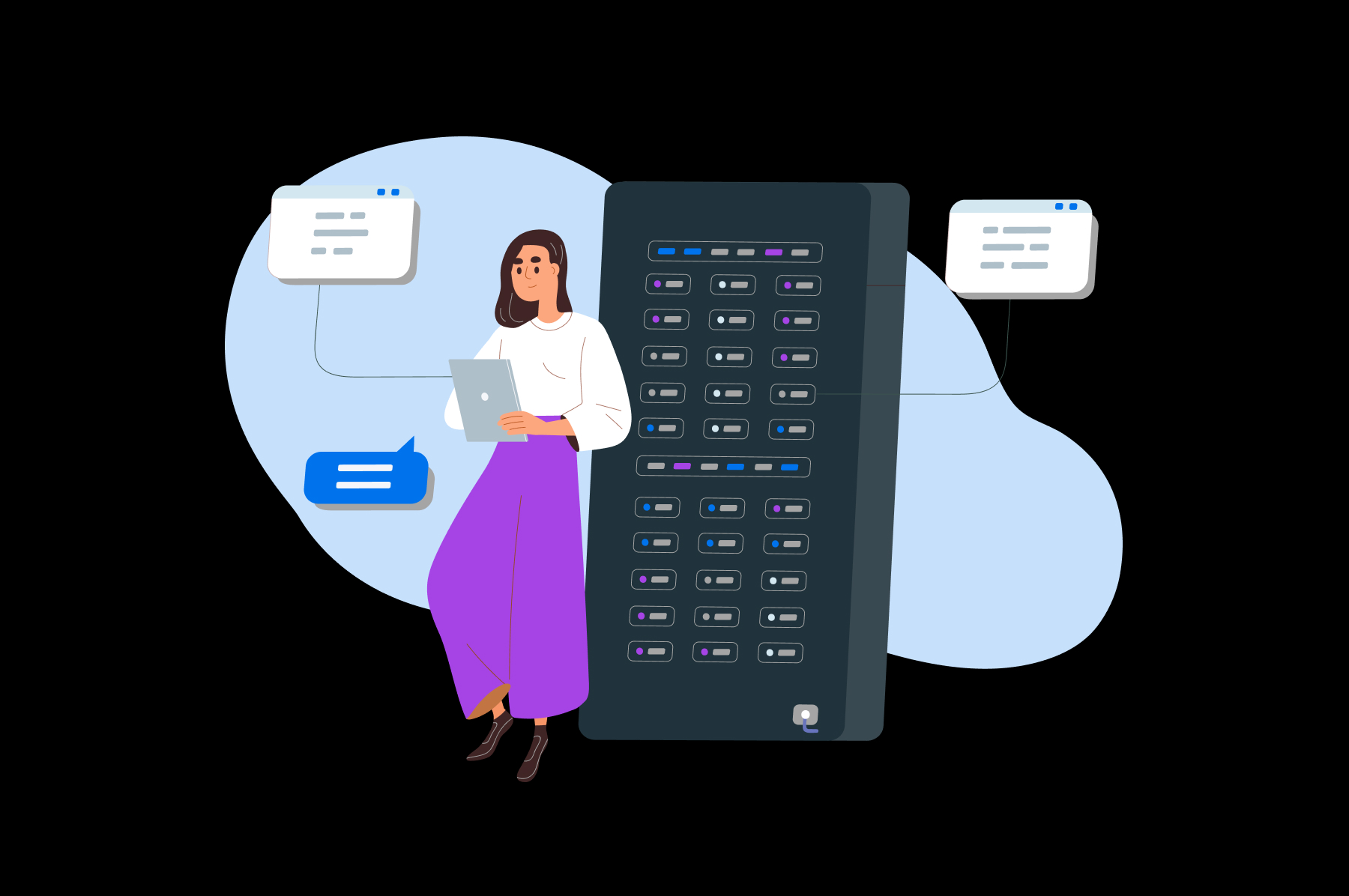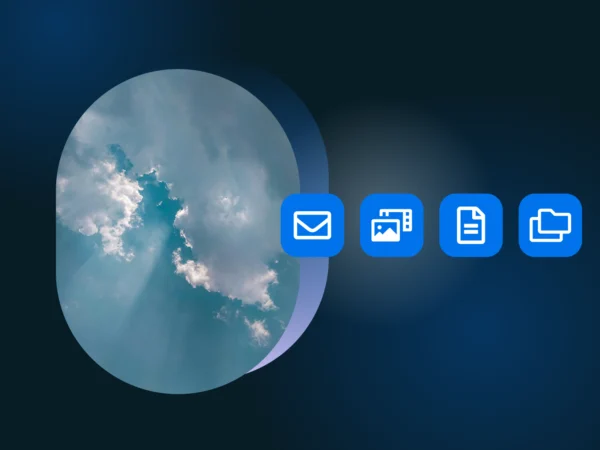What is Cache?
A cache is a temporary data storage layer that is designed to improve data access speeds by reducing the time needed to read and write data from a permanent data storage location.

More About Cache
Caching is an important part of the web development process and a key component in helping to improve website performance. Without it, your website could be slow to load or contain unnecessary loading times. Knowing exactly what cache is and how caching works can help you streamline your workflow – making it both more effective and efficient.
What is Caching and Why Is It Important for Web Hosting Performance
Caching refers to the process of storing website data in the visitor’s browser or server memory to speed up future requests for the same information. It’s a vital technique for improving web hosting performance because it minimizes the time servers need to load data and reduces the number of requests they receive. As a result, websites load faster, which enhances user experience and encourages visitors to stay longer.
In addition, caching reduces bandwidth usage and server loads, which can save money on hosting costs. Therefore, caching is an essential tool in web hosting, and its implementation can dramatically improve website performance.
Types of Caching and How to Implement Them
Caching is a commonly used technique to speed up website and application performance. It involves storing frequently accessed data in memory so that it can be quickly accessed, rather than retrieving it from the source every time it is needed.
Several types of caching methods serve different purposes:
Page Caching
Page caching is a type of caching that stores the entire HTML output of a web page in memory or on disk, making it quickly accessible for subsequent requests without the need to regenerate it every time, which helps to improve website performance and reduce server load.
Object Caching
Object caching is a way to store data so it can be accessed quickly and reduce server load.
Database Caching
Database caching is a technique of storing data in cache memory for quick retrieval, reducing the number of database queries and improving website performance, as well as reducing server load and minimizing bandwidth usage.
Content Delivery Networks (CDNs)
A Content Delivery Network (CDN) is a system of computers that stores website data and delivers it quickly to people who visit the website.
Each method has its implementation requirements and best practices, and choosing the right caching method for your application can greatly improve its speed and overall user experience.
Benefits of Using a Caching System
By storing frequently accessed data in memory, a caching system can significantly reduce the time it takes to retrieve information from the database. This can help improve the user experience by decreasing page load times and increasing site speed. Furthermore, caching systems can also reduce server load, as less time is spent retrieving data that has already been accessed.
Overall, the benefits of using a caching system are clear – implementing one can lead to faster load times, improved user experience, and reduced server load.
Common Challenges When Implementing Caching
When it comes to implementing caching, there are a few common challenges that developers may encounter. Firstly, determining the appropriate time-to-live (TTL) for cached data can be a delicate balancing act. Setting the TTL too high can result in stale data being served to users, while setting it too low can increase the load on back end systems for constantly refreshing cache data.
Another challenge is ensuring that only the appropriate data is cached to avoid both data inconsistency and cache invalidation issues. Finally, ensuring that the cache is properly invalidated when data is updated or removed can help prevent unexpected behavior and maintain the integrity of the cache.
By addressing these common challenges, developers can implement caching in a way that boosts performance and improves the overall user experience.
Tips and Tricks to Effectively Utilize Caching Systems
To make the most of a caching system, there are some tips and tricks you should keep in mind.
First, ensure that your caching is configured properly, taking into account your website’s unique requirements. Next, implement cache purging to ensure that outdated content doesn’t get served to users. Also consider the use a CDN to distribute caching across multiple servers for better website speed and accessibility. Finally, regularly monitor and fine-tune your caching system to ensure optimal performance.


